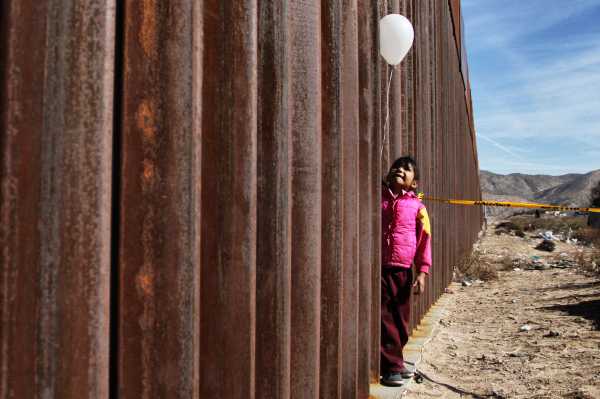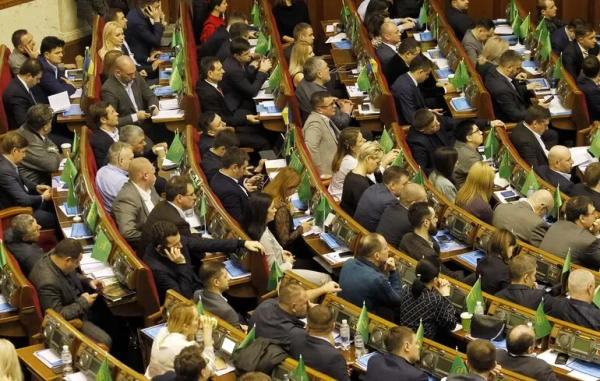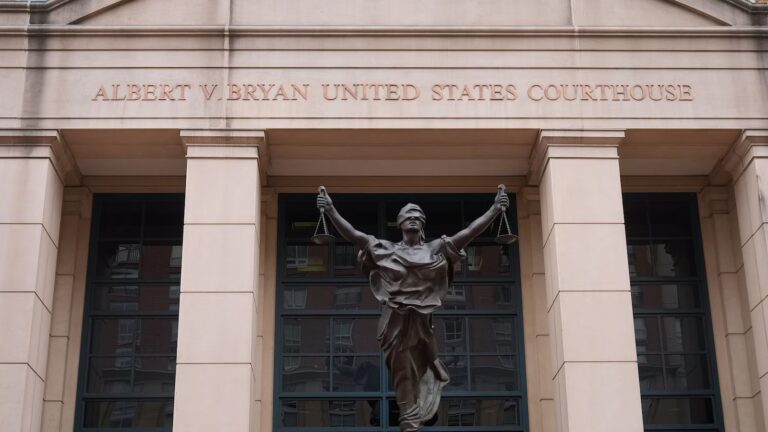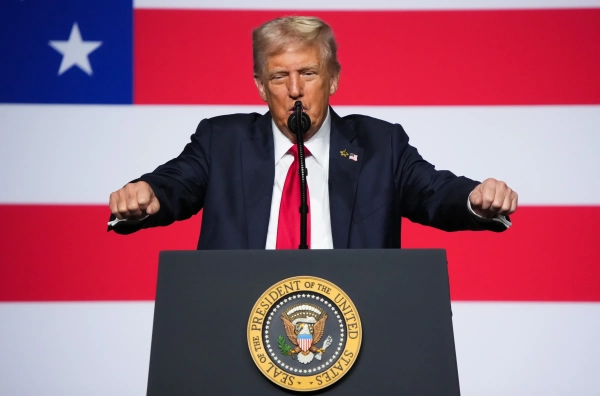
If you ask President Donald Trump how he’ll end the opioid crisis, his planned wall at the US-Mexico border is almost certain to come up. With his 2019 budget plan released this week, the Trump administration once again cited the wall as a key component: “[T]he Administration is seeking the total $18 billion request for the border wall. Building the wall is critical to impeding and denying the flow of illicit drugs into our country.”
If you ask experts, the wall is totally irrelevant. Josh Katz with the New York Times asked 30 experts how they would spend $100 billion over five years on the opioid crisis, which is a little less than the US spends domestically on HIV/AIDS. None of the experts — not the police officials, not the politicians, not the public health experts — pointed to the wall, Katz reported: “One point of agreement: No panelist spent any of the hypothetical $100 billion on a border wall with Mexico.”
This matches my own reporting. When I asked experts last year how they’d solve the opioid crisis, no one brought up the border wall. (Well, maybe some did in mockery.)
Instead, experts put the solutions to the drug overdose crisis in four main categories: treatment (particularly highly effective medications for opioid addiction), demand (such as community development to address the “root causes” of addiction), harm reduction (including naloxone and safe injection sites), and supply (meaning, in large part, efforts to reduce opioid painkiller overprescription).
Katz, for his piece, broke down exactly how the experts he talked to would on average spend $100 billion over five years in these four areas: 47 percent would go to treatment, 27 percent to demand, 15 percent to harm reduction, and 11 percent to supply.
This is only an average. Some experts emphasize certain areas more than others, but they generally agree that there’s no one silver bullet to the crisis and that all of these areas will require some level of investment.
Well, all of these areas except the border wall, anyway.
Experts emphasize the opposite of what Trump does
In his public comments, Trump has repeatedly suggested that the right way to combat the opioid crisis is a law enforcement effort. In a speech in Cincinnati last week, Trump said, “People form blue ribbon committees. They do everything they can. And frankly, I have a different take on it. My take is you have to get really, really tough, really mean with the drug pushers and the drug dealers.”
Trump has also, of course, tweeted about his wall as a big solution to the opioid crisis:
It’s not that experts wouldn’t spend any money on law enforcement to address the opioid epidemic, but it’s simply not a very high priority. There’s a simple reason for that: The empirical evidence does not back up the “tough on crime” approach that Trump is selling.
A 2014 review of the research by Peter Reuter at the University of Maryland and Harold Pollack at the University of Chicago, for example, concluded that prohibition does make drugs more expensive and therefore less accessible, but more stringent measures — such as harsh police crackdowns or longer prison sentences — have no significant effect beyond that of prohibition. In other words, the “tough on crime” approach does little to nothing to actually stop the flow of drugs and drug use.
As for Trump’s wall, the research is also clear that the wall wouldn’t do much of anything to combat the opioid crisis. In fact, border security in general is a fairly weak approach to combating drug use, as a 2013 report by journalist Reed Karaim found in the aftermath of years of border security buildups:
Other analysts agree.
“A wall alone cannot stop the flow of drugs into the United States,” Christopher Wilson, deputy director of the Mexico Institute at the Wilson Center, told me in 2017. “If we’re talking about a broader increase in border security, there could be some — probably minor — implications for the overall numbers of drugs being trafficked. But history shows us that border enforcement has been much more effective at changing the when and where of drugs being brought into the United States rather than the overall amount of drugs being brought into the United States.”
One problem: Most illegal drugs come through legal ports of entry. In fact, much of the illicitly produced fentanyl that comes into the US from China is believed to ship through the mail. Other substances, such as heroin, are by and large smuggled through legal trade or transportation routes — think roads, commercial ships, and airplanes.
All of this creates big problems for addressing America’s opioid epidemic. The crisis, experts say, will likely require tens of billions of dollars over the next few years to fully address. As Katz found, some experts don’t agree that even $100 billion over five years is enough.
But getting that funding in place — and making sure it’s used on the right policies — will require a lot of political leadership. Yet right now, the person in charge doesn’t seem that interested in committing more money to the opioid crisis. And when he is interested, he emphasizes a border wall that experts say is useless for combating the epidemic.
For more on solutions to the opioid crisis, read Vox’s explainer.
Sourse: vox.com






